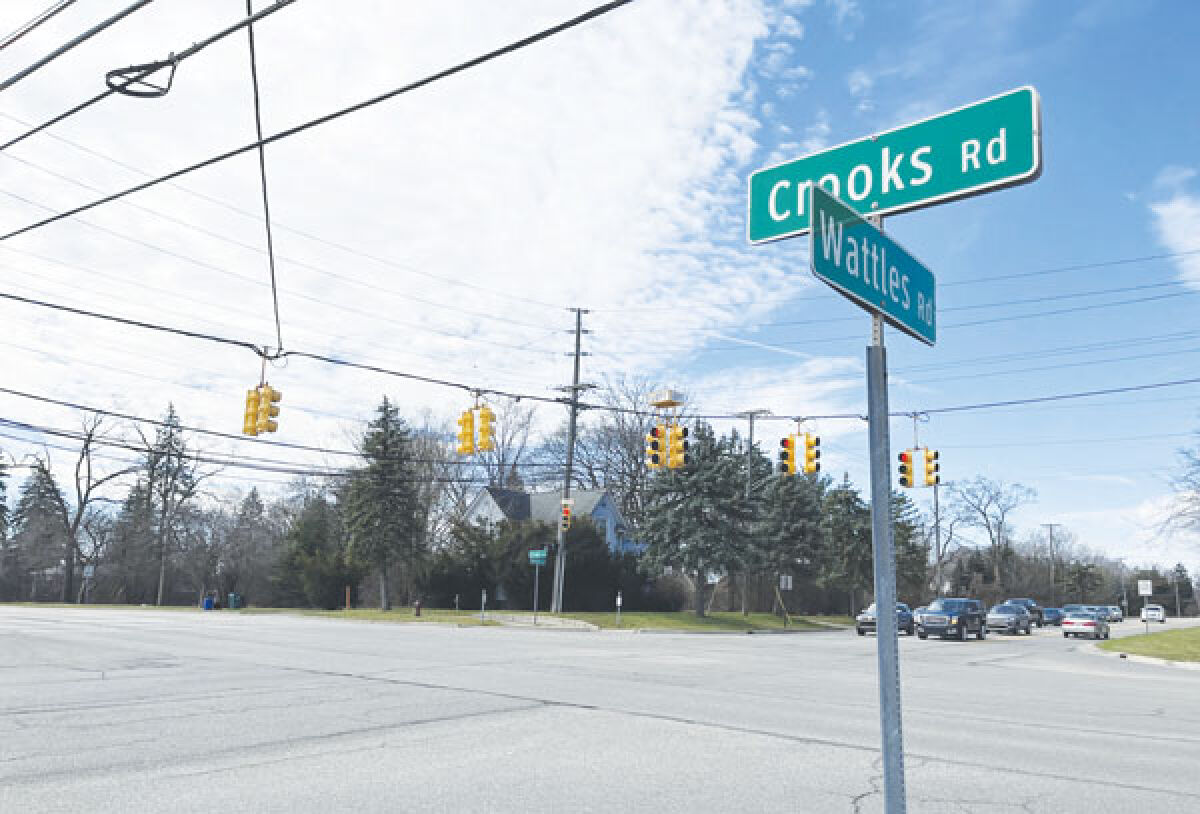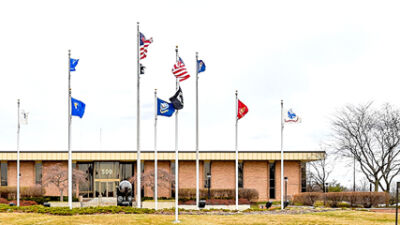TROY — The legally required update to Troy’s master plan has been delayed, and the proposed plan was returned to the city’s Planning Commission for further input and discussion.
The City Council voted unanimously Feb. 19 to reject the proposal because the seven-member body believed that parts of the plan, notably the portion dealing with the city’s neighborhood nodes, required additional discussion.
“We’re now partially required to do a master plan update, and our city planning people have done a great job to address these issues of the neighborhood nodes, but City Council has two opportunities to weigh in on the process officially,” said Mayor Ethan Baker.
“One was when we voted to release the 63-day statutorily required review period, and at that time we didn’t approve the plan because we felt we hadn’t been involved enough, so we scheduled a study session so we could discuss the plan more. The other opportunity was when we voted on final approval. The Planning Commission sent us a plan for final approval, but the majority of us on council strongly believed that we should take a closer look at two specific neighborhood nodes to see if more could be done to preserve the existing neighborhoods nearby.
“This is something residents have been expecting for several years. So, we rejected the plan the Planning Commission proposed and sent it back to the Planning Commission for more studying on those two neighborhood nodes.”
Planning Commission Chair Marianna Perakis said the city’s master plan is necessary for planning new developments or redevelopments in Troy.
“The master plan is a tool that is going to aid us when we amend the zoning ordinances,” she said. “We’ve talked about what we want to see in these areas and what we don’t. This way, we can ensure later zoning ordinances that we consider later in these areas are consistent. We want the master plan to allow us to amend the zoning ordinances for more single-home residential and less dense residential.”
The neighborhood nodes concept has been something the city of Troy has long been in the process of implementing, focusing on developing certain intersections near major crossroads in the city with the ultimate goal of providing residents with more amenities within walking distance of major residential areas.
There were calls from residents for more scrutiny regarding the planning of two particular neighborhood nodes.
“These two neighborhood nodes have become so significant, because if you look at public comments from residents and their concerns about development, they largely come from around Crooks and Wattles, and from Square Lake and Livernois, which are the areas around these two neighborhood nodes in question,” said Baker.
“When residents express concerns about these two specific neighborhood nodes, it warrants further scrutiny and action. The question is whether multifamily housing and mixed-use development properties is appropriate for those two areas. There also is a question of whether we want to preserve more at Square Lake and Livernois as a historical site.”
“The main concern of residents is traffic and that the development of those two nodes might affect these areas,” added Perakis. “People also are concerned about the transition of neighborhoods nearby those two locations and that the transition between the nodes to those neighborhoods may not be smooth. They want to ensure the density transition doesn’t feel off and is something that keeps the neighborhood feeling the way it does now and doesn’t create a lot of traffic.”
Baker said the council does not wish to hold up the adoption process for approving the master plan, but there were no other means for the council to further address the concerns of residents except to send the plan back to the Planning Commission.
“We’re almost at an agreement. Rejection is just the statutory language we have to use, but we just want to further address these two specific areas,” he said.
Perakis said the Planning Commission must now revisit the plan, consider the suggestions of council and hear from residents.
“(We discussed) the issue on Tuesday, March 12, at our subcommittee on the topic. Then there will be a public hearing open to everyone at the following meeting on Tuesday, April 9,” she said. “At the April meeting, after the public hearing, we will vote on it. If we approve it, it will then go to the City Council at their next meeting after that.”
Both officials said they want Troy residents to know that they are being heard and that their input is valued.
“I want the community to know the Planning Commission is taking this process very seriously and it is very helpful to get input from the community, because it helps guide us when we consider how we want to imagine and plan the future of Troy. I hope they stay engaged in the process,” said Perakis.
“This is something that has been a huge issue in our city for more than five years now, especially with neighborhood nodes. Places that have traditionally been single-family residential are particularly concerned about whether we are putting in multifamily residences,” added Baker. “We want residents to know we’ve heard them over the last several years and are doing what we can to address these development concerns while taking the rights of private-property owners into account.”
 Publication select ▼
Publication select ▼





















